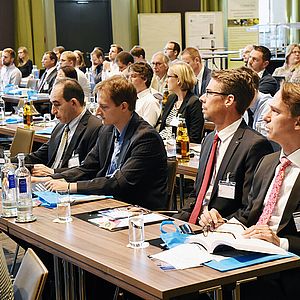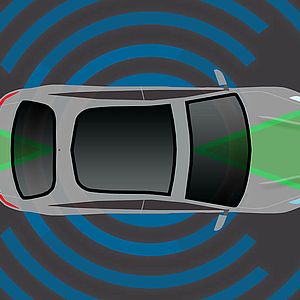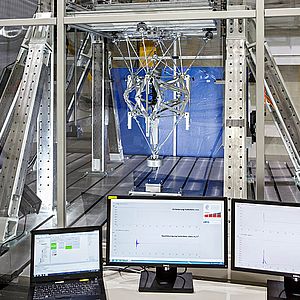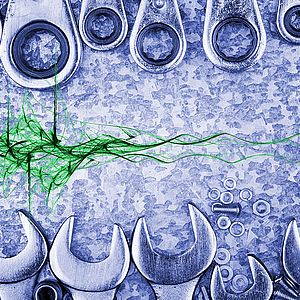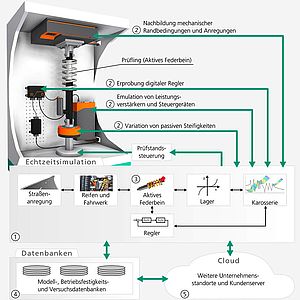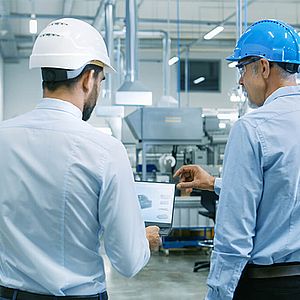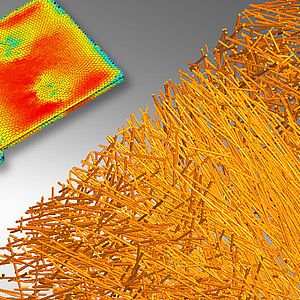Digitalization in test technology.
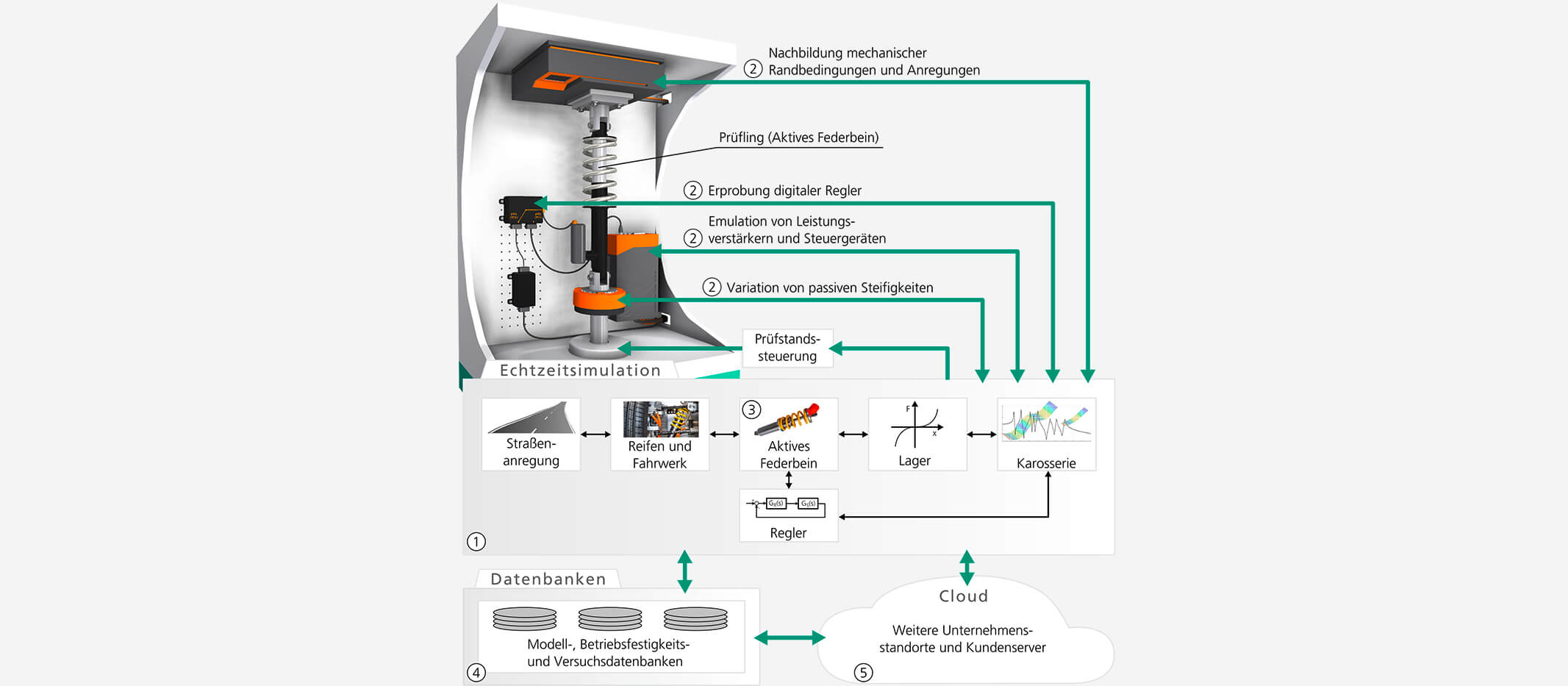
Fraunhofer LBF has been supporting its customers in matters of structural durability and reliability for innovative products for 80 years. Not only does the Institute carry out a wide range of tests on materials, components and complex systems, it also advances the continued development of test procedures in order to continually increase the significance and efficiency of the tests.
Optimizing products
The optimization and development of innovative products, characterized by a high degree of variability, complexity and interaction with their environment, requires validating tests. These tests are continuously incorporated in the system development from an early stage. Therefore, in reliability-oriented industries in particular, there is great interest in efficient development processes which make it possible to integrate new technologies into products.
Due to better accessibility and increased availability of information, digitalization offers the potential in test technology to make the design of development processes more agile in the future and so shorten them. One major aim is to close the existing gap between model-based, virtual system development and purely experimental component and system testing.
Flexible and realistic validation
The real-time simulation environment (1) is a key element of a digitalized test environment (Fig. 1). Here, simulation models of different sub-disciplines, for example experimental data, multi-body simulations, FEM simulations, electrical circuit simulations, characteristic curves and signal flow diagrams, are flexibly integrated. This allows numerical models with scalable complexity to be incorporated directly into the test.
The use of programmable mechanical, power-electrical and signal interfaces combined with hardware-in-the-loop methods (2) enables the device under test to be directly connected to the real-time simulation environment, allowing it to exchange not only signals but also electrical energy and mechanical forces with it. As a result, it is possible to consider more realistic constraints for mechanical and electronic systems in the digitalized test environment based on underlying numerical models. It also becomes possible to vary parameters in the test environment quickly. By linking virtual and real components in the test, effects which are difficult to model are also taken into account, thus reducing uncertainties in the development process.
With sufficiently high accuracy of the underlying simulation models, it is possible to identify discrepancies between the numerical model and the real device under test. By comparing the real-time simulation of this digital twin of the device under test (3) with the test, it is possible to detect and localize damage as well as determine non-measurable variables.
Linking the real-time simulation environment to model and test databases (4) and networking with digitalized test environments (5) enables flexible access to numerical models that are already validated. The test data are also available for comprehensive analyses.
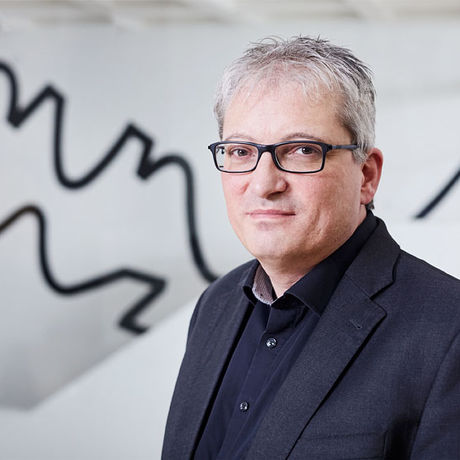
“By using digital methods in test technology, Fraunhofer LBF provides integrated support for innovative product developments in reliability-oriented industries. Our project part-ners benefit from the flexible and realistic validation of mechatronic components and systems.” Prof. Dr. Melz, Director Fraunhofer LBF
Contact:
- Jonathan Millitzer, M.Sc.
- Phone: +49 6151 705-8218
- jonathan.millitzer@lbf.fraunhofer.de

